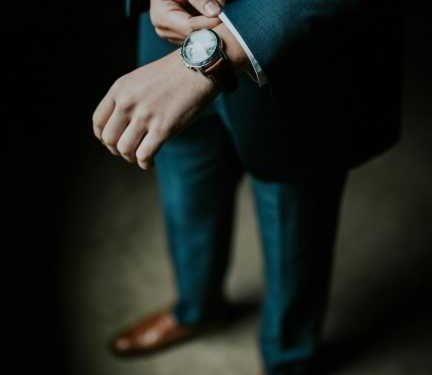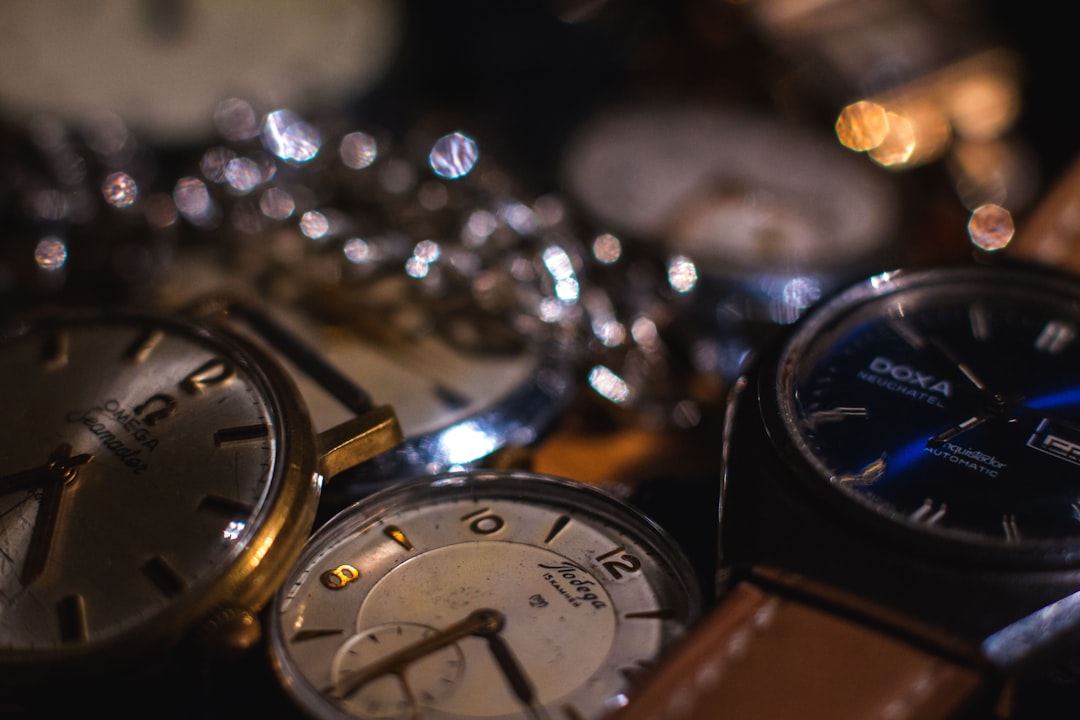Mixing and matching patterns can be a great way to add interest and personality to your outfits. However, it can also be a daunting task for many people, as it can be easy to go overboard and end up looking like a fashion disaster. But fear not, with a little know-how and some practice, you can learn how to mix and match patterns like a pro.
The key to successfully mixing and matching patterns is to keep a few things in mind: scale, color, and style. By paying attention to these three factors, you can create cohesive and stylish outfits that are sure to turn heads.
First, let’s talk about scale. When mixing patterns, it’s important to vary the scale of the prints. This means mixing large, bold patterns with smaller, more intricate ones. For example, if you’re wearing a large floral print blouse, you can pair it with a smaller polka dot skirt or a striped scarf. This contrast in scale helps to create visual interest and prevents the patterns from competing with each other.
Next, consider color. When mixing patterns, it’s important to look for a common color palette to tie everything together. You can choose patterns that share a similar color or mix complementary colors for a more dynamic look. For example, if you’re wearing a striped shirt with blue and white stripes, you can pair it with a floral skirt that features the same shades of blue. This creates a cohesive and harmonious look that is visually pleasing.
Lastly, consider the style of the patterns. Mixing different styles of patterns can create a visually interesting outfit, but it’s important to ensure that they work well together. For example, mixing a preppy gingham print with a bohemian floral print can create a quirky and eclectic look. Just make sure that the patterns complement each other in terms of style and vibe.
Now that we’ve covered the basics, let’s dive into some tips on how to mix and match patterns like a pro.
Start with a neutral base: When mixing patterns, it’s important to have a neutral base to anchor the look. This can be a solid colored piece such as a white blouse, a black skirt, or a denim jacket. By starting with a neutral base, you can easily add in patterns without overwhelming the outfit.
Mix different types of patterns: Don’t be afraid to mix different types of patterns such as stripes, florals, plaids, and polka dots. Just make sure to vary the scale and color of the patterns to create a cohesive look.
Use accessories to tie everything together: Accessories such as scarves, belts, and shoes can be a great way to tie together different patterns in an outfit. For example, you can wear a striped shirt with a floral skirt and add a solid colored belt to create a more polished look.
Experiment with texture: Mixing patterns doesn’t have to be limited to just prints. You can also mix different textures such as lace, denim, and knitwear to create a more interesting and dynamic outfit.
Stick to a color scheme: If you’re unsure about how to mix and match patterns, sticking to a color scheme can help to create a more cohesive look. Choose patterns that share a common color or mix complementary colors for a more dynamic outfit.
Be confident: The key to pulling off a mixed pattern look is to be confident. Own your style choices and wear them with confidence. Remember, fashion is all about self-expression and having fun with your outfits.
In conclusion, mixing and matching patterns can be a fun and creative way to add interest to your outfits. By paying attention to scale, color, and style, you can create cohesive and stylish outfits that are sure to make a statement. So go ahead, experiment with different patterns, and embrace your inner fashionista. Who knows, you might just end up being a pattern mixing pro!














